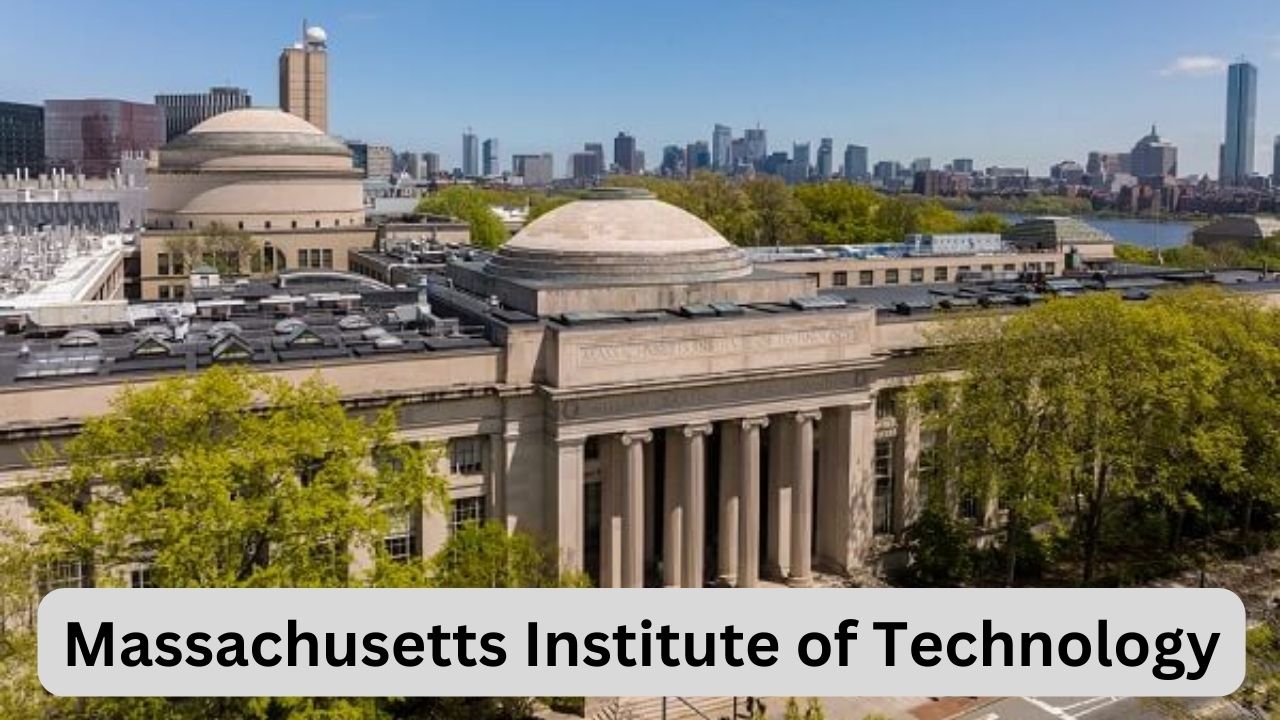The Massachusetts Institute of Technology (MIT) stands as a global beacon of academic brilliance, innovation, and technological advancement. This article aims to provide a detailed exploration of MIT, its history, academic programs, notable achievements, and the unique aspects that make it a powerhouse in education and research.
Table of Contents:
- Introduction
- Overview of MIT’s Legacy
- Importance of MIT on the Global Stage
- History of MIT
- Founding and Early Years
- Evolution and Milestones
- Academic Programs at MIT
- Undergraduate Programs
- Graduate Programs
- Interdisciplinary Studies
- MIT’s Notable Achievements
- Nobel Laureates and Pioneering Researchers
- Technological Innovations and Breakthroughs
- Campus Life at MIT
- Living on Campus
- Extracurricular Activities
- Community and Diversity
- MIT’s Impact on Technology and Innovation
- Collaborations with Industry
- Startups and Entrepreneurship
- MIT Faculty and Research
- Renowned Professors
- Cutting-edge Research Centers
- Admissions Process
- Overview of MIT’s Competitive Admissions
- Tips for Prospective Students
- Financial Aid and Scholarships
- Opportunities for Financial Assistance
- Scholarships and Grants
- Frequently Asked Questions (FAQs) a. What is MIT known for? b. How competitive is MIT admissions? c. Can international students apply to MIT? d. What is the average class size at MIT? e. How is MIT involved in community outreach? f. Are there opportunities for undergraduate research? g. What is the MIT culture like? h. How is MIT contributing to sustainability?
- Conclusion
Section Excerpts:
History of MIT: MIT was founded in 1861 as a response to the increasing industrialization of the United States. Originally known as the “Boston Tech,” the institute aimed to provide practical education in science and engineering. Over the years, MIT has evolved, embracing a broader range of disciplines while maintaining a strong focus on technology and innovation.
Academic Programs at MIT: MIT offers a plethora of undergraduate and graduate programs across various disciplines, including engineering, computer science, biology, economics, and more. The institution is renowned for its emphasis on hands-on learning and encourages interdisciplinary studies, allowing students to explore diverse fields of interest.
MIT’s Impact on Technology and Innovation: MIT’s influence extends far beyond its campus, with a significant impact on global technology and innovation. Collaborations with industry giants, active involvement in cutting-edge research, and a thriving culture of entrepreneurship have positioned MIT at the forefront of advancements in science and technology.
Admissions Process: MIT’s admissions process is highly competitive, with a low acceptance rate reflecting the institution’s commitment to academic excellence. Prospective students are encouraged to showcase not only their academic prowess but also their passion for innovation and community engagement.
Frequently Asked Questions (FAQs): a. What is MIT known for? MIT is globally renowned for its leadership in technology and innovation, consistently ranking among the top universities in the world.
b. How competitive is MIT admissions? Admissions at MIT are extremely competitive, with a low acceptance rate. Applicants are evaluated based on academic achievements, standardized test scores, and a holistic assessment of their extracurricular activities.
c. Can international students apply to MIT? Yes, MIT actively welcomes applications from international students. The application process is the same for both domestic and international applicants.
d. What is the average class size at MIT? MIT maintains a low student-to-faculty ratio, ensuring small class sizes for more personalized learning experiences. The average undergraduate class size is around 20 students.
e. How is MIT involved in community outreach? MIT is committed to community engagement through various outreach programs, collaborating with local communities, and sharing expertise in science and technology.
f. Are there opportunities for undergraduate research? Yes, MIT encourages and provides numerous opportunities for undergraduate students to engage in cutting-edge research alongside renowned faculty members.
g. What is the MIT culture like? The MIT culture is known for its emphasis on collaboration, innovation, and a passion for solving real-world problems. Students are encouraged to think creatively and push the boundaries of knowledge.
h. How is MIT contributing to sustainability? MIT is actively involved in sustainability initiatives, conducting research on clean energy, environmental science, and implementing eco-friendly practices on campus.
Conclusion: In conclusion, the Massachusetts Institute of Technology continues to be a trailblazer in education and innovation. From its historic roots to its present-day impact on global technology, MIT stands as a testament to the power of intellectual curiosity and collaborative learning. Aspiring minds looking to be part of a community that pushes the boundaries of knowledge would find MIT to be an inspiring and transformative academic home.
